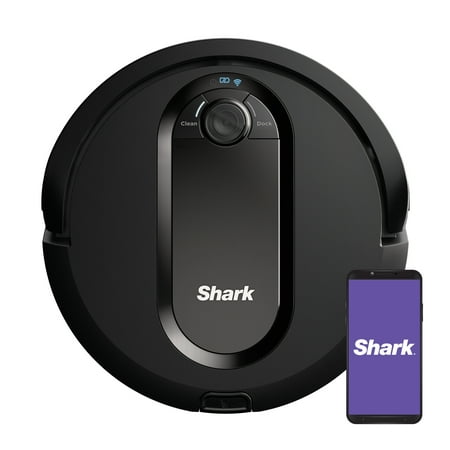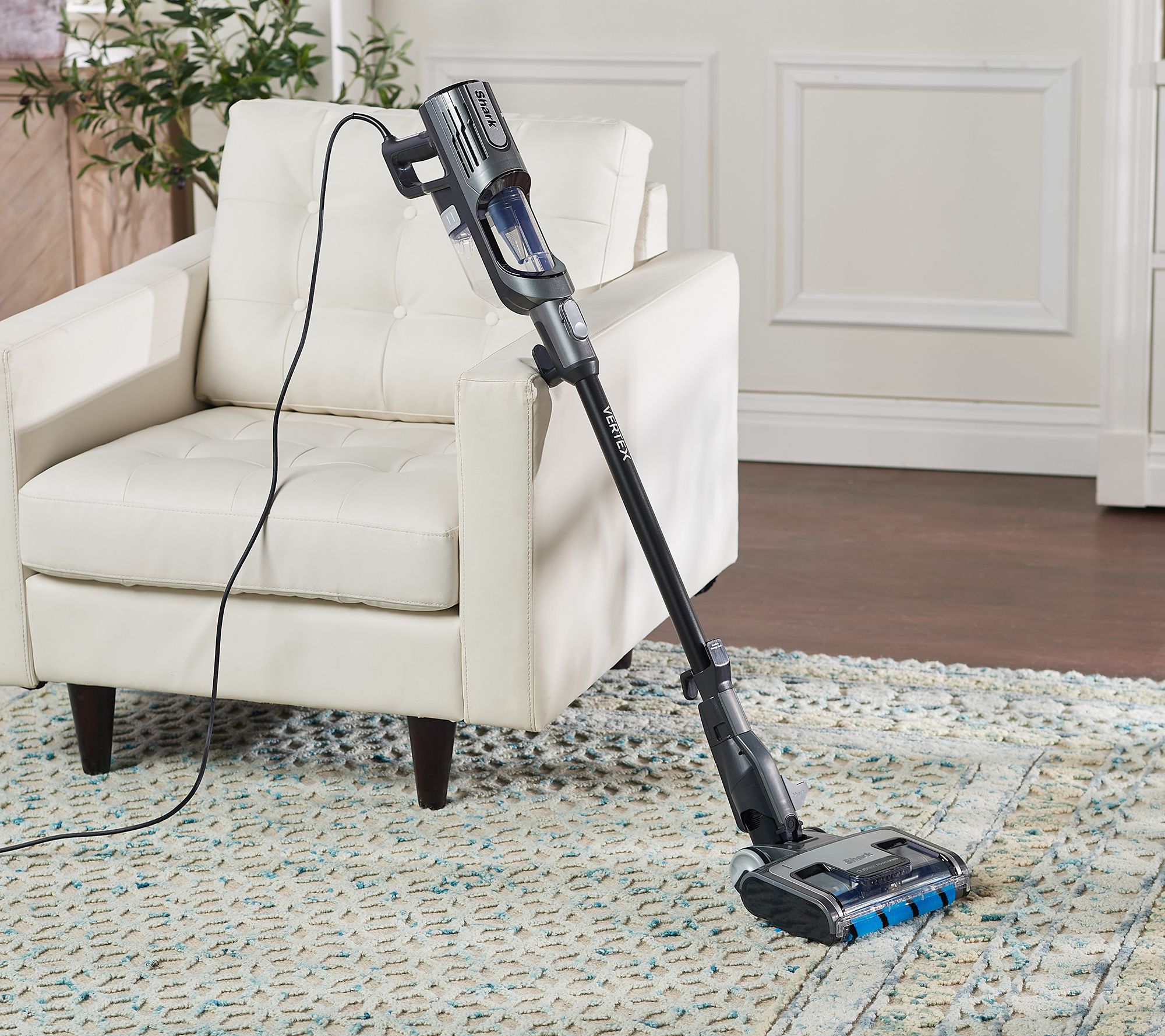Shark Bagless Corded Canister Vacuum – 991545392
Powerful Shark® suction, in a compact canister vacuum. The lightweight 9-pound canister easily glides behind you, and Anti-Allergen Complete Seal traps over 99.9% of allergens as you clean 0.3 microns.
Powerful Shark® suction, in a compact canister vacuum. The lightweight 9-pound canister easily glides behind you, and Anti-Allergen Complete Seal traps over 99.9% of allergens as you clean 0.3 microns.
- POWERFUL SUCTION: Take on tough messes with signature Shark suction power.
- MANEUVERABLE, COMPACT CANISTER: The compact canister is built with Smooth Glide wheels to effortlessly glide behind you from room to room as you clean.
- ULTRA-LIGHTWEIGHT IN HAND: Weighing just 9 lbs., the canister can be easily carried for cleaning stairs and more.
- ANTI-ALLERGEN COMPLETE SEAL: Traps and seals 99.9% of dust, dander, and allergens inside the vacuum, keeping them out of the air you breathe. (Based on ASTM F1977, down to 0.3 microns.)
- INCLUDES BONUS ACCESSORIES: Get deeper cleaning with the Pet Crevice Tool and the Upholstery Tool.
Additional information
| Assembled Product Dimensions (L x W x H) | 17.70 x 14.20 x 49.20 Inches |
|---|






by Ecava
To start, I have never used a canister vacuum before, always thought they were the old heavy, loud, hard to maneuver things my mother used. I was very wrong! The Shark Bagless Corded Canister Vacuum is much quieter than any upright vacuum I have ever owned, it easily switches from hard floor to carpet with either tapping a button on the head or sliding a switch on the handle, removing the head to add attachments was very easy and the wand cleaned baseboards, chair rails, window sills, cobwebs and dust bunnies in a flash, it even worked well cleaning my car! When you’re all done, push a button on the canister and voila, the cord automatically retracts by itself, you don’t have to manually recoil it like my upright. The only thing it lacked was a rolling brush bar for doing carpets. I was thoroughly pleased using a canister vacuum for the first time, it is also much lighter than an upright so I can pick it up without straining my back which made doing stairs so much easier. I highly recommend the Shark Bagless Corded Canister Vacuum, it was so easy to move from room to room, up and down stairs, even to the garage to vacuum out the car!
by Aaron
We are very happy with this product. It works as advertised and is everything we have come to expect with shark products over the years. I would absolutely recommend this to anyone in the market for a great product.
by Steve
I received this product in exchange for an honest product review. I love this vacuum. It works great on tile and carpet. It’s lightweight and easy to take up and down stairs. I love that it has a very long handle so I can reach my high ceilings and crown molding. I’m super impressed by all of sharks products that I have had . They last a very long time and are reliable.
by Derek
I have never tried out any bagless corded canister vacuum before sp this is a new experience. So far, it works out great. The vacuum isn’t as heavy as it looks but it’s very powerful. It’s very easy to change the vacuum heads and different suction level depending on cleaning purpose. It’s also easy to reach under furnitures without any issue. My house has both carpet and hardwood floor and this vacuum finishes the work in the blink of an eye.
by Tracy
I Love my new Shark bagless corded canister vacuum. There are so many benefits to owning this vacuum. I trust Shark brand products, I have always had great success with this brand name.This glides smooth and is great for stairs. The cord is 25 feet long so you can get to the area you need to clean.It reaches up high getting windows, can clean floors and carpet.It is lightweight at only 9 pounds.The Shark is agile and very easy to maneuver. It has powerful suction for such a light weight machine.Great products if you have pets.There is 360 degrees pivot and includes crevis tool and upholstery attachments. I LOVE IT!!!!!! I couldnt be happier with this product.